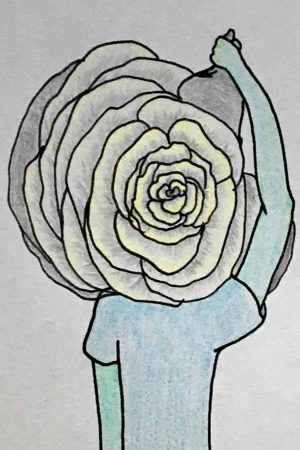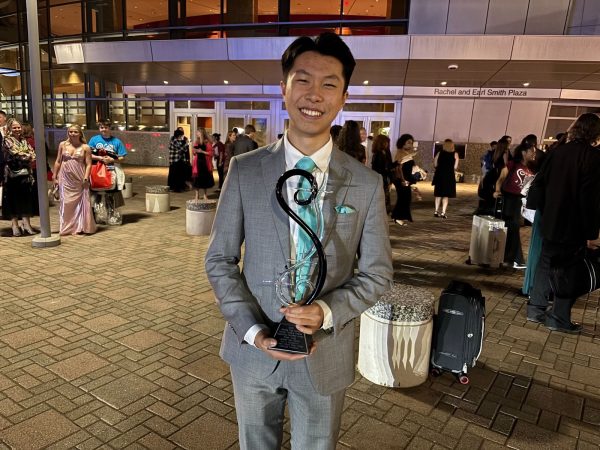Trichotillomania: every day is a bad hair day

Over 3.4% of adults in the world experience Trichotillomania, however, it is often misdiagnosed or unrecognized.
For most people with trichotillomania, they can pinpoint the moment that unearthed the following years of internal struggle. In my case, I can trace it back to the third grade, when I was eight years old. My family is relatively superstitious, and one of the traditions we practiced was wishing on eyelashes. This was a common folklore of the 19th century in which an eyelash would be placed on the back of the hand, wished upon, and then thrown over the shoulder. If it stuck, the wish was not granted. As a young girl, I was enthralled by this concept. In a literal sense, everything I could ever want was just beyond my fingertips.
I began to pull out my eyelashes regularly, typically during schoolwork. The gap between my eyelashes widened to the point where I was almost beyond recognition, and it developed in my eyebrows as well. At the time, I was oblivious to the fact that there was actually something wrong with me, and I assumed that it was only an odd childhood habit.
Trichotillomania is defined as an anxiety disorder that causes one to pull out their own hair. This can apply to one’s eyelashes, eyebrows, hair, etc. Symptoms include repeatedly attempting to quit pulling and failing, a sense of relief after pulling, biting, chewing, or twirling your hair. In my personal experience, an itching sensation develops under my skin whenever I am stressed or bored. Over time, the physical aspect faded and the action became more habitual.
This tendency is not easily avoided, as the brain gradually accepts the disorder as a coping mechanism in response to anxiety, an outlet. If ignored, the feeling only intensifies, requiring great concentration and willpower to resist. Trichotillomania is difficult to overcome because pulling is an action of comfort, to the extent that most pullers are not even aware of their behavior.
The science behind Trichotillomania is unknown, and medication is unavailable. Some theorize that it may be hereditary, whereas others claim that it is caused by extreme stress. Pullers may be offered antidepressants, but there is no magic cure other than dedication.
Growing up with Trich was not easy; I had a constant fear that someone might recognize my disorder. Although I never did it in public, my appearance spoke for itself. Every time someone would ask I would blame it on an accident, or in some cases, the weather. My situation heavily impacted my self image, causing a lack of self esteem and social anxiety. It wasn’t until middle school when I finally accepted my condition and learned to manage it.
As odd as it may be, Trichotillomania is surprisingly common. Around 2.5 million Americans experience this disorder at some point in their lifetime, and it is typically developed during childhood.
Many resources are available to pullers, including a broad and effective support system. Ex-pullers have proven to us time and time again that it is possible to overcome equipped with the right tools. Being cured is the ability comfortable and confident with yourself, no matter what you look like.
Your donation will help support The Lambert Post, Lambert High Schools student-run newspaper! Your contribution will allow us to purchase equipment and cover website hosting costs.












